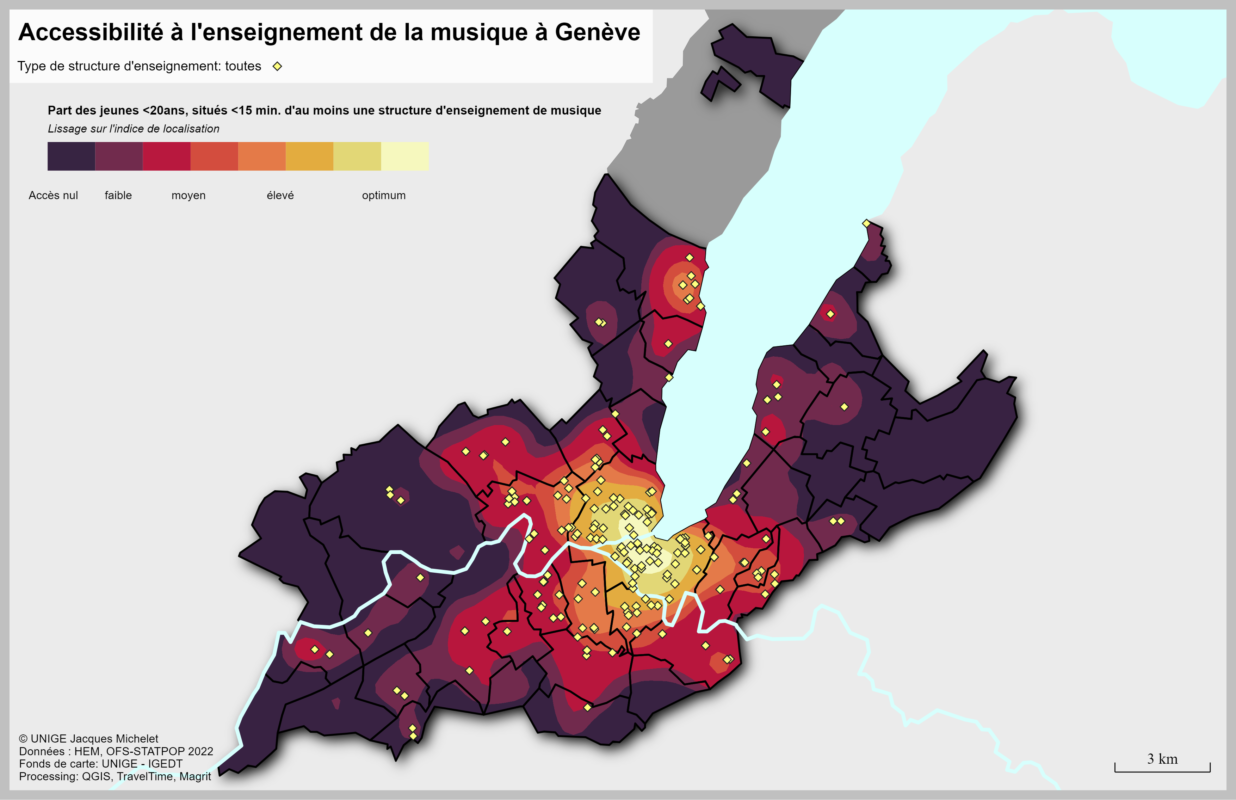70 years of service to musicians
The German Union of Orchestras (DOV), the largest association representing the interests of professional musicians in Germany, has changed its name to unisono.
The DOV was founded by professional musicians in Düsseldorf in 1952, with the aim of collectively representing their cultural and economic interests, and encouraging the next generation of artists. The tariff agreement for musicians in cultural orchestras (TVK), concluded with the Deutscher Bühnenverein, came into force in 1971/72. This provided comprehensive protection for musicians in municipal orchestras, including specific rules on working hours and remuneration. Even today, it remains an international model. Whereas in Switzerland, each orchestra has its own Collective Labor Agreement, which the USDAM is always involved in drawing up, German orchestras are integrated into a unified national tariff structure. Depending on their size, orchestras are divided into remuneration groups A - D, with numerous exceptions, including choirs and radio orchestras, which have their own tariff agreement.
Detailed price agreement for all orchestras
Concluded in 2019 between the Deutscher Bühnenverein (German Federation of Theaters and Orchestras) and the German Union of Orchestras, the latest "tariff agreement for musicians in concert and theater orchestras" meticulously lists, in 63 paragraphs and on 78 pages, not only all relevant details concerning working conditions and hours, remuneration and benefits, but also governs, for example, the election, composition and tasks of the orchestra committee. §17 determines the distribution of personnel within the corresponding remuneration group: for example, an orchestra in category B (66 musicians) must have 36 string positions, as well as 4 flutes, 3 oboes, 4 clarinets, 3 bassoons, 5 horns, 3 trumpets, 3 trombones and a tuba.
Great recognition
Germany's theatrical and orchestral landscape was included in the list of Germany's intangible cultural heritage in 2014. The DOV states that the number and diversity of Germany's professional orchestras are unique in the world, and that concerts and classical music heard live in concert halls, theaters or at music festivals attract forty percent more visitors than the Premier League soccer in stadiums. However, the number of orchestras has declined from 168 in 1992 to 129 today. The German Music and Orchestra Union unisono considers it one of its main objectives to put a complete stop to the loss of permanent jobs, and to make a long-term commitment to the creation of new ones. Since 2002, unisono has had a cooperation agreement with the service sector union ver.di. Strikes are sometimes organized to enforce tariff demands (see illustration).
Considerable challenges
unisono represents the interests of some 12,800 members of professional orchestras and radio choirs, as well as a growing number of freelancers, students and lecturers at music colleges. The unionization rate in radio orchestras and ensembles stands at over 90 percent. For some years now, the association has been very much in demand from freelancers, who are counting on strong representation of their interests, especially in view of the experiences made during the pandemic. Gerald Mertens, Director of unisono, comments: "Maintaining and developing good framework conditions for musicians is at the heart of our work, irrespective of whether our members are employed or self-employed. It is together and in solidarity that we can most successfully defend the interests of our members. The great challenges of social change, climate change and other overlapping crises lie before us". Unisono is a founding member and is represented on the committee of the "Réseau Jeunes Oreilles", of which USDAM is also one of the promoters. This institution brings together protagonists from all areas of musical mediation in the German-speaking world, so that they can regularly exchange ideas and learn from each other.








